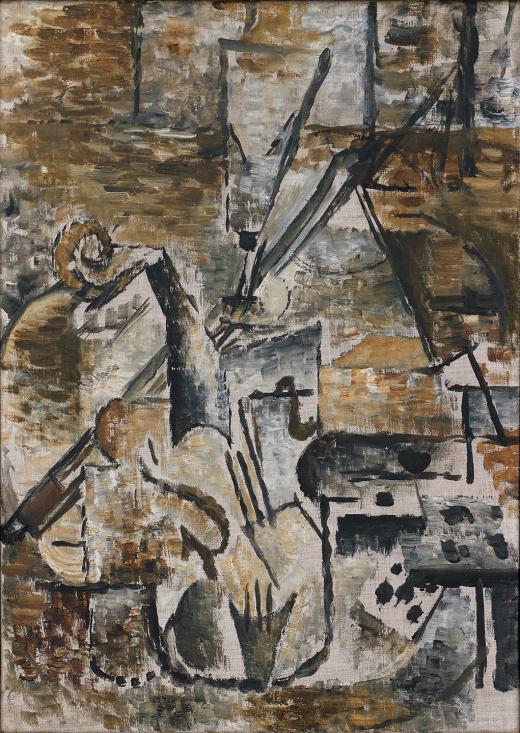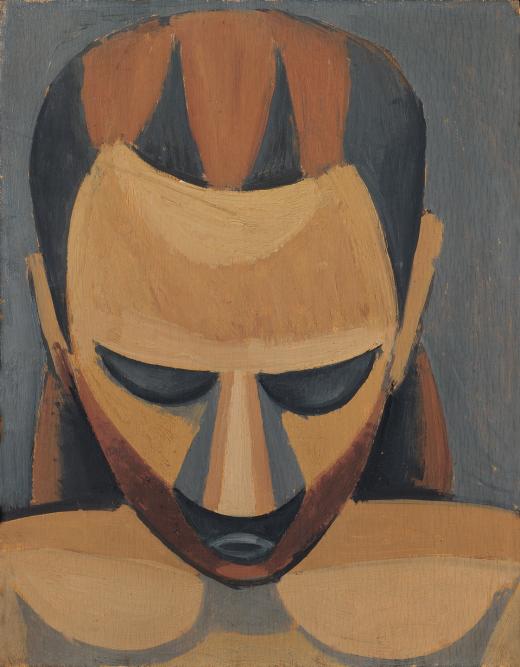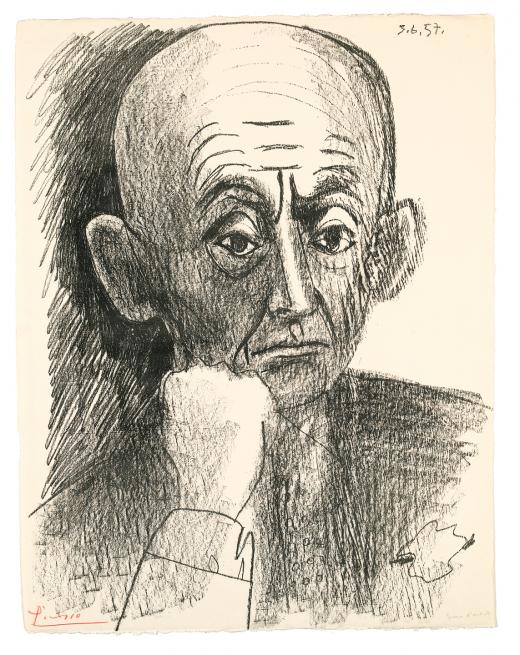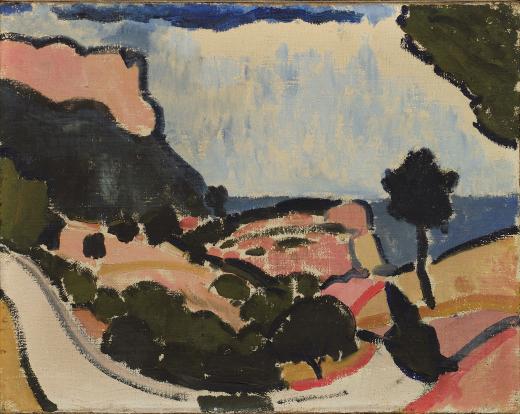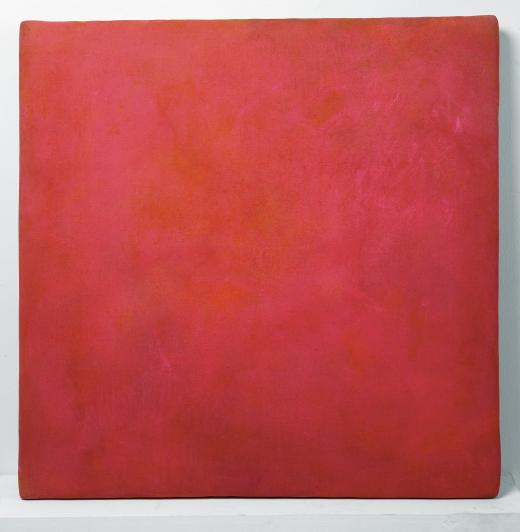GALLERY 305
This gallery features some of the first paintings that Hermann Rupf purchased between 1907 and 1908 from the gallery owned by his friend Daniel-Henry Kahnweiler in Paris. Both Rupf and Kahnweiler were trained at the Commerz-und Disconto-Bank in Frankfurt. While Kahnweiler continued his training as an intern at a stock brokerage firm in Paris from 1902 to 1904, Rupf began to work at the company Jacques Meyer Fils & Cie (currently Galeries Lafayette). The two shared an interest in literature and music; they attended a host of theater performances and concerts and spent a great deal of time at the Louvre and visiting the exhibitions of the Salons. After yet another sojourn abroad, this time in London, Rupf returned to his hometown of Bern and started to work at the mercery and haberdashery owned by his brother-in-law Ruedi Hossmann. In 1908 became its co-proprietor—“Hossmann & Rupf”,—and married Margrit Wirz in 1910.
Rupf was guided by his own judgement when purchasing the works, although his art dealer and personal friend Kahnweiler played a key role in shaping the Collection. His gallery enabled the incorporation of works by Fernand Léger, Juan Gris, and later André Masson. As attested to in the almost 800 letters still conserved, Hermann Rupf and Kahnweiler enjoyed a life-long, close friendship.
On Rupf’s business trips to Paris to expand his assortment of products with fashion accessories, he would meet with Kahnweiler in his gallery and sometimes accompany him on his visits to artists. As early as 1907, Rupf began to purchase works by Pablo Picasso and Georges Braque, and by Fauvists, such as Othon Friesz and André Derain. Until the outbreak of World War I, his Collection kept growing to become a select set of almost thirty, mostly Cubist works.
Florian Slotawa’s installation, Bernese Pedestals, 2010, shown here deserves special mention. The artist carefully studied the Collection and its history and chose four sculptures—by Hans Arp, Max Fueter, Henri Laurens, and Ewald Mataré— to create a new artwork. Slotawa designed a pedestal made with furnishings that were originally found in the collectors’ home, for each of the four representative pieces of their Collection.

